Fujifilm has a good selection of portrait, landscape, and street lenses. But on the telephoto end the X Mount has fewer options, with Fujifilm’s topping out at a 100-400mm lens. That was before the launch of the Fujifilm 150-600mm f5.6-8 R LM OIS WR. Now, with a 229-914mm equivalent on non-full frame, the lens opens up Fujifilm’s X bodies to bring distant subjects closer.
But, the longer the lens is, the more physics interferes with performance. How does Fujifilm’s longest lens perform for wildlife and sports? Can a Fujifilm lens made with plastic endure? While it’s not perfect, the reach with those Fujifilm colors may just be worth the cost.
The Big Picture
Pros
- Versatile zoom range
- Great stabilization
- Excellent color
- Weather-resistant
- Light enough to hike with
Cons
- Edge softness at 600mm
- F8 is too narrow
- Some autofocus struggles with subjects heading straight toward the camera
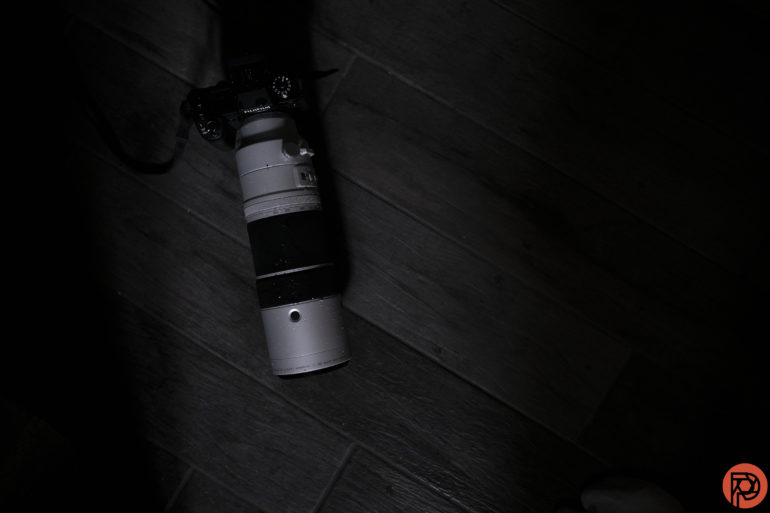
The Fujifilm 150-600mm f5.6-8 R LM OIS WR finally brings big telephoto capabilities to X Mount. And, since that’s a crop sensor mount, this lens offers a focal length difficult to find on full-frame options. The lens delivers Fujifilm’s lovely color science on more distant subjects, like sports and wildlife. While the reach is long, the lens is compact enough that photographers can still hike with it. And an excellent stabilization system means the hike doesn’t have to include a tripod.
While the lens offers a big reach for the X-Mount, quality is best at the wider and middle range. The f8 on the long end means pushing the ISO to get the shutter fast enough for moving subjects. That, mixed with some corner softness at 600mm, makes getting a sharp shot at 600mm challenging. Buyers should also beware that it’s not fully compatible with any X-mount camera — it’s listed for the X-H2s, X-T4, X-T3, and X-S10. With other bodies, the extra controls on the lens are incompatible.

I’m giving the Fujifilm 150-600mm f5.6-8 R LM OIS WR four out of five stars. Want one? You can check out Amazon for the latest prices.
Gear Used
I used the Fujifilm 150-600mm f5.6-8 with the Fujifilm X-H2s. Both are on temporary loans from Fujifilm.
Innovations
The 150-600mm is Fujifilm’s longest telephoto lens, hitting super-telephoto focal lengths sorely needed on the X Mount. It covers 229mm to 914mm in 35mm equivalent: quite close to distant wildlife and sports. Despite the longer focal length, it’s relatively lightweight. Yes, it’s still a big lens, but it’s relatively easy to hike with compared to similar lenses.
Ergonomics
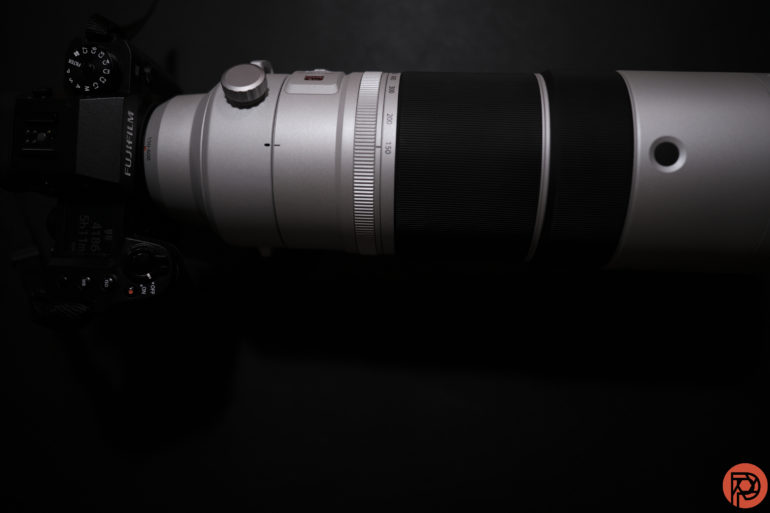
The Fujifilm 150-600mm looks quite different from most X-Mount lenses. For starters, it’s plastic rather than metal, and it’s white. But, it’s not exactly a Canon-telephoto-white. It’s an off-white with a gold undertone and a bit of sparkle to it. The lens is a little over 12 inches long and weighs 3.53 pounds — a bit more once you factor in the hood and caps. That’s not small, but I was able to comfortably hike with this lens.
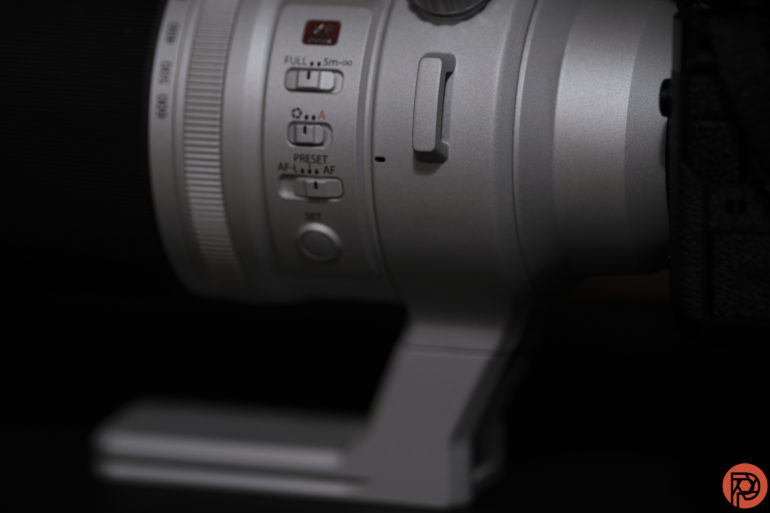
Close to the mount, the lens integrates a tripod collar. This can be adjusted for vertical shots; two hoops are here to add a strap. The collar piece that circles the lens isn’t removable, but the handle attached to it is.
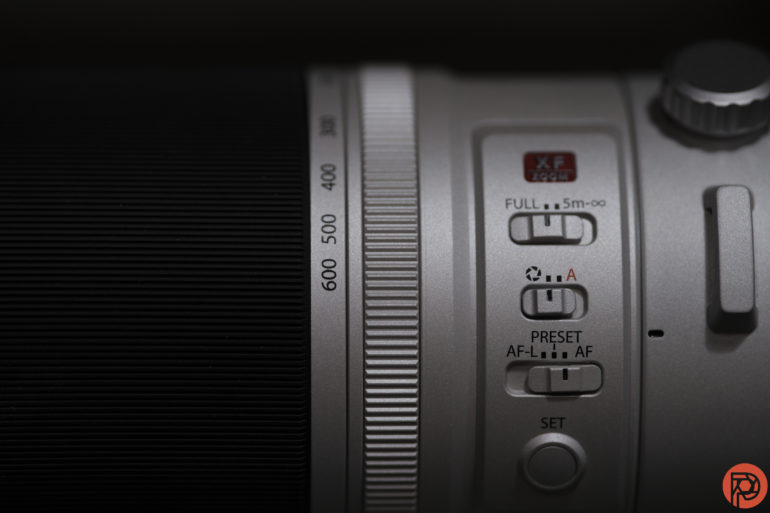
Moving towards the front, the lens has a bank of controls within easy reach of the left hand. This includes an autofocus limiter and auto aperture switches. The third switch is for the function of the focus control buttons at the front of the lens. These can be set to lock focus, focus (like with back button focusing), or to return to a preset focus distance. A set button underneath this switch quickly sets the focus distance for the preset focus feature.
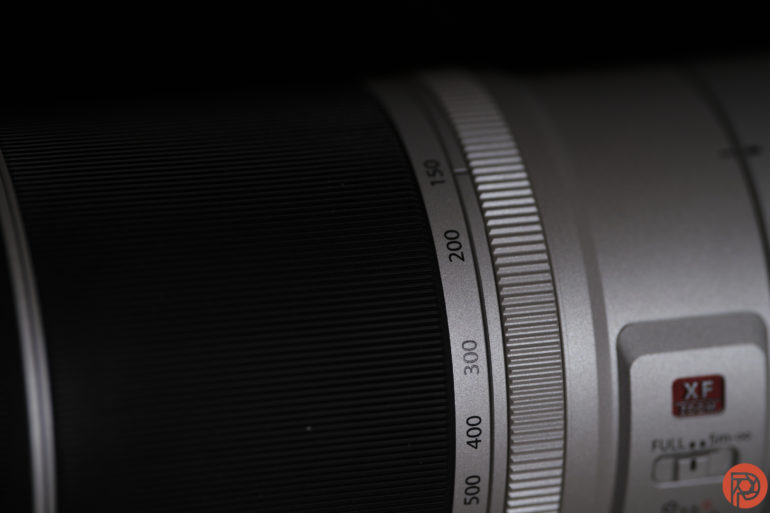
Next up is a row of three rings. The first one (the skinniest and the only white one) is an aperture ring with a nice click to it. That’s followed by a thick, grippy zoom ring and a slightly smaller ring for focus.
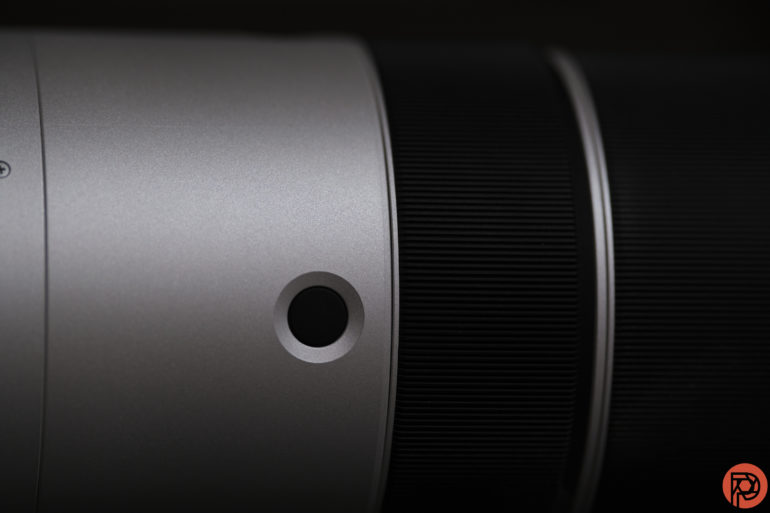
Four buttons sit at the end of the lens. These are the buttons whose functions are set by the focus, preset, and AF-L switch. There are four, so they are easy to reach if you are shooting vertically or horizontally.
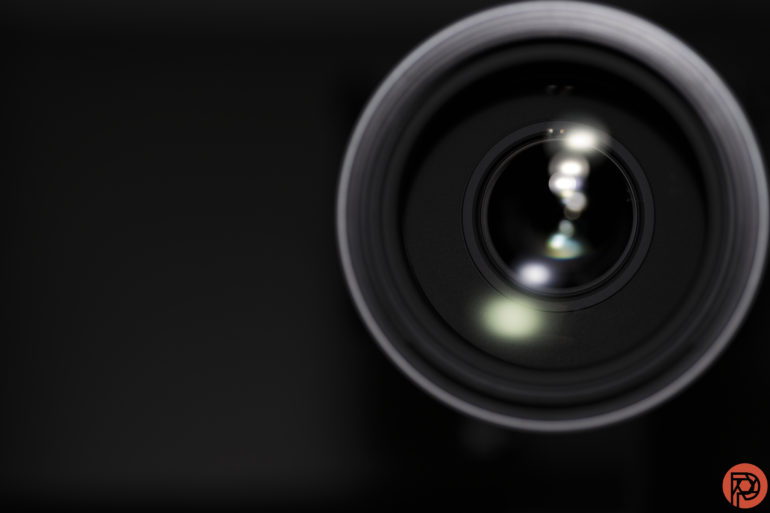
The front of the lens is mostly glass. It takes 82mm filters. The lens ships with a large plastic hood.
Build Quality
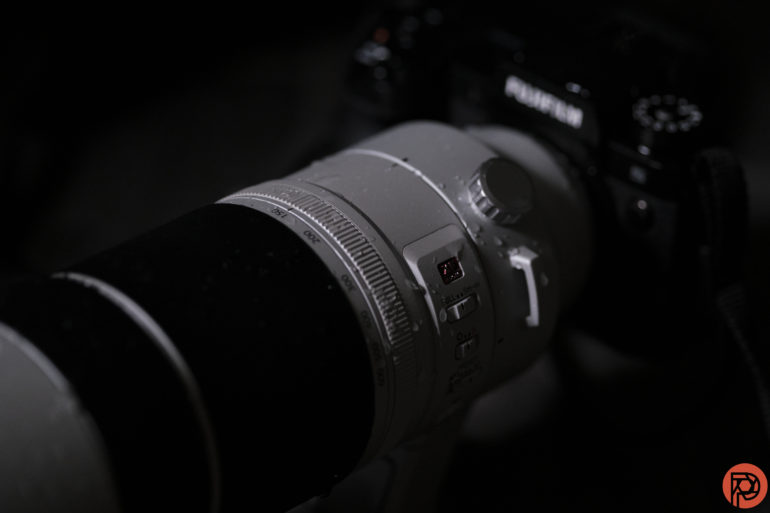
I love Fujifilm’s metal lenses, but a metal 150-600mm would be awful to carry around. This lens doesn’t feel as nice as a metal lens, but it’s a sacrifice I’m willing to make in order to easily hike with it. Despite the plastic build, the rings and dials feel sturdy.
The WR in the name means this lens is weather-sealed. I splashed a cup of water on it and it continued to perform unfazed. During the course of my review, I didn’t notice any dust or debris on the camera’s sensor.
Focusing
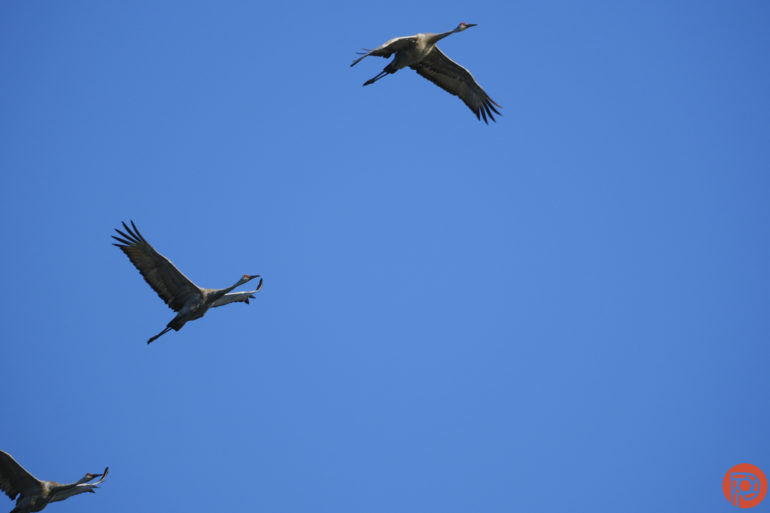
The 150-600mm covers a big range of focal lengths, and that’s a lot of glass to move. This lens was able to capture some birds in flight reasonably well. It did the best catching birds flying across the frame. Subjects moving roughly parallel to the camera had a high hit rate, with only an occasional missed shot.
However, subjects coming quickly towards the lens were more of a struggle. I tested the autofocus using the fastest member of my family (the dog) at 15 fps. I ended up with 30 to 40 percent of the shots being out of focus, with the better results coming from Eye AF turned off. Results were also slightly better with exposure preview turned off. While the AF struggles a bit with subjects coming towards the lens, I still ended up with plenty of usable shots.
Ease of Use
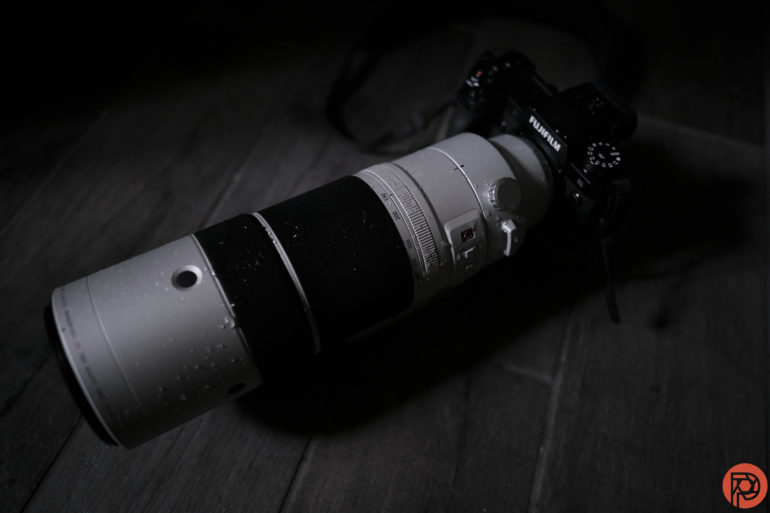
While they may be heavier with narrower apertures, zooms are easier to handle than telephoto primes. You can start at 150mm and zoom in on the subject, rather than starting at 600mm and trying to find where you saw that tiny bird while zoomed in on a bunch of leaves.
Impressively, I was able to handhold the 150-600mm at 1/125 seconds at 600mm. The stabilization is solid. If you’re not holding your breath and practicing careful hand-holding techniques you’ll want to push it a bit higher. But, the stabilization allows for a good deal of wiggle room under the 1/600mm suggested by the reciprocal rule. That’s a huge help with an f5.6-8 lens.
The focus-limiting controls should help make the lens easier to use as well. The switch that changes the function of the buttons from a preset focus to an AF lock to an AF is also handy for customizing how the lens works. These controls aren’t exactly self-explanatory, but once you figure them out they are nice to have.
Image Quality
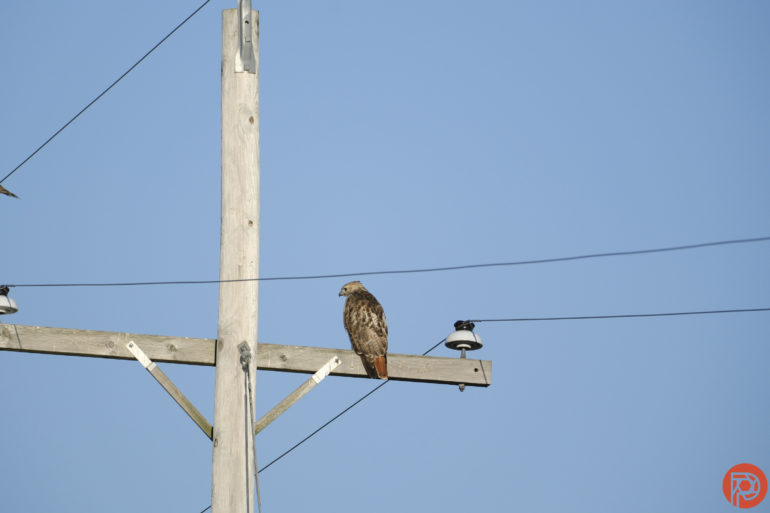
The 914mm equivalent focal length is an amazing tool for bringing distant subjects in close. The Fujifilm 150-600mm offers all of the company’s classic colors and a bit of bokeh because of that telephoto length. But, on the flip side, that comes at an f8 aperture. That means pushing the ISO pretty high to freeze birds in flight, and pixel peepers may have a few complaints on the long end.
Bokeh
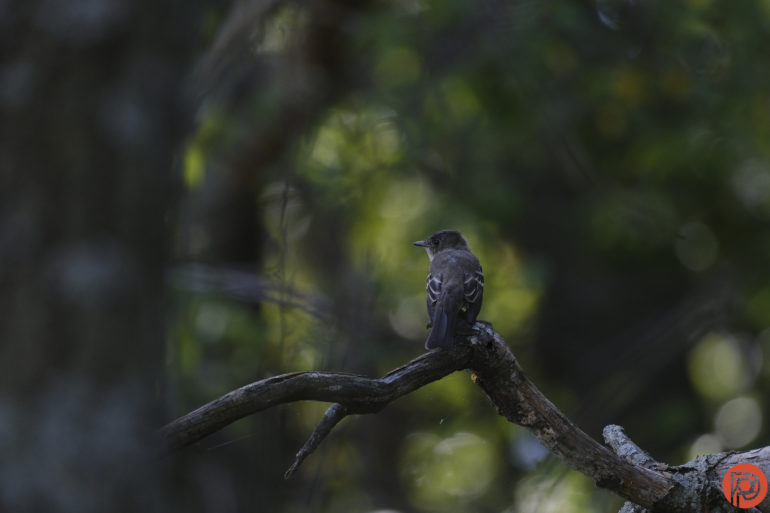
The focal length of the Fujifilm 150-600mm makes up for the narrower aperture a bit. Out-of-focus lights appear round with soft edges. The foreground and background elements soften nicely to draw more attention to the subject. It’s certainly no super-telephoto prime lens, but I was surprised at how much depth I could still get from the f5.6-8 lens.
Color Rendition
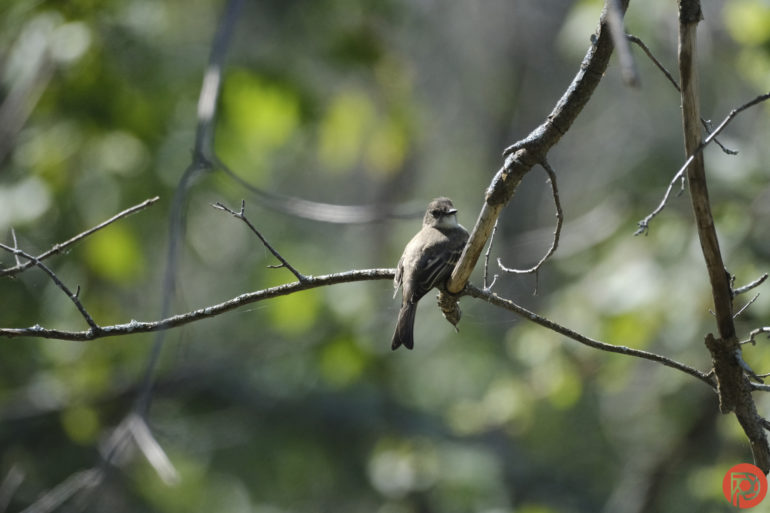
Fujifilm’s color science is my favorite — the lens doesn’t deviate from what I would expect. I loved using the color profiles that I typically use on portraits with wildlife. I didn’t notice any odd color casts. Chromatic aberration was very minor and difficult to spot at all.
Lens Character
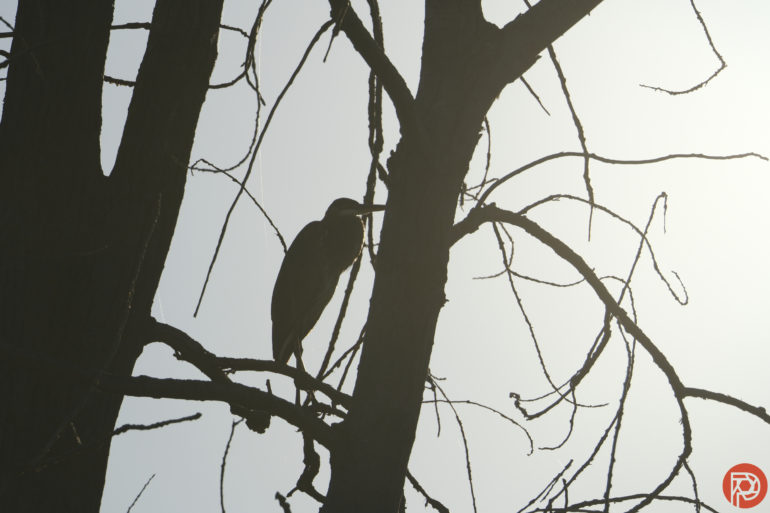
Point this lens into the sun, and capture some soft, hazy flare. While the flare lowers contrast, it adds a bit of character. I found the flare was fairly easy to avoid by adjusting the position of the lens, with the hood blocking most of it.
RAW files have a slight vignette that’s automatically fixed on JPEGs. It’s slight enough to edit out, but I had to look for it before noticing it.
Sharpness
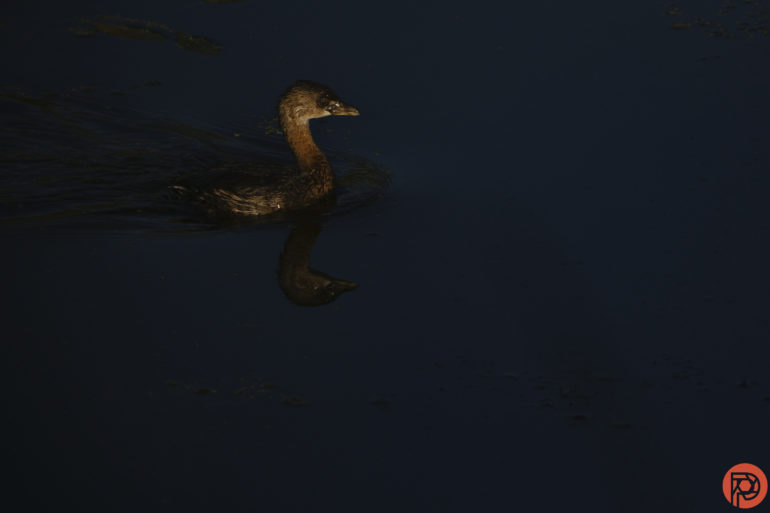
This lens is sharp at 150mm. At 600mm it can still produce sharp images — but it’s harder because of that f8 aperture, some edge softness, and simple physics. Shooting a test chart, I could get acceptably sharp images at 150mm and 600mm. The 600mm focal length does have some softness towards the edge and the corners, while 150mm remains sharper throughout most of the frame.
In my real-world shots, using the 600mm to fill the frame of a close bird produced enough sharpness to see the details on the feathers. But, the f8 at 600mm and that long focal length does sometimes make getting a sharp shot more difficult. Part of that softness is simply because the ISO needs to be pushed pretty high to get a shutter speed fast enough to freeze flying birds at f8. The other part is the difficulty of focusing a long lens on such a distant subject. The birds that were furthest away — in a landscape rather than a close-up felt a little bit soft as if they were just slightly out of focus. Still, we don’t condone pixel peeping anyways. I printed one such image and it’ll look great from a typical viewing distance, though maybe a critical judge in a photo contest might be annoyed by the slight softness.
Extra Image Samples
From day one, The Phoblographer has been huge on transparency with our audience. Nothing from this review is sponsored. Further, lots of folks will post reviews and show lots of editing in the photos. The problem then becomes that anyone and everyone can do the same thing. They’re not showing what the lens can do. So we have a section in our Extra Image Samples area to show edited and unedited photos. From this, you can make a decision for yourself.
Unedited
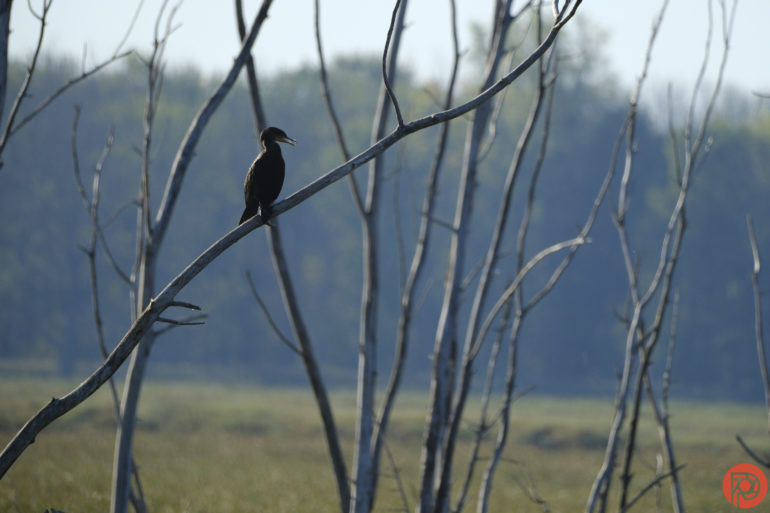
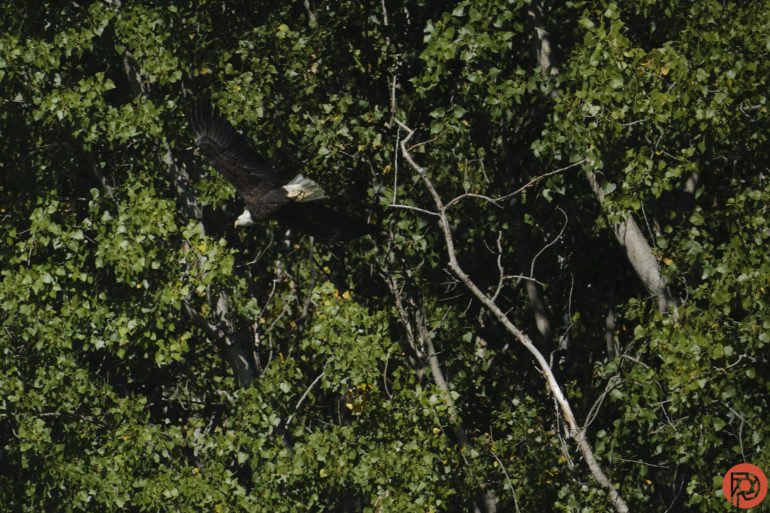
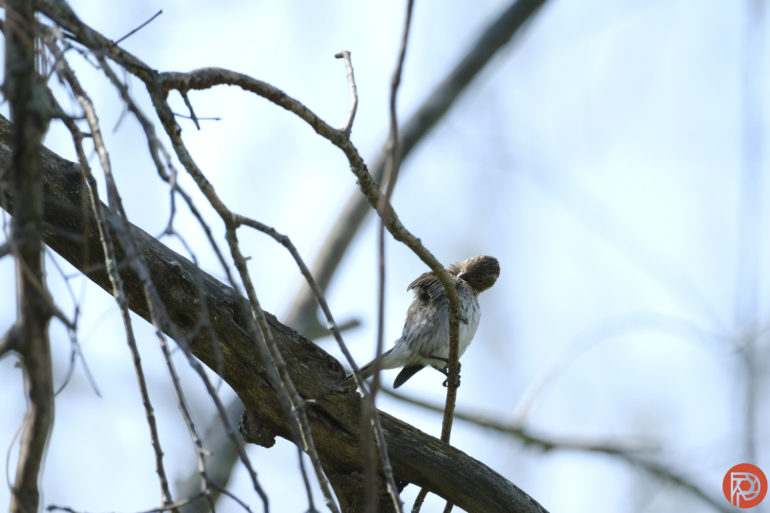
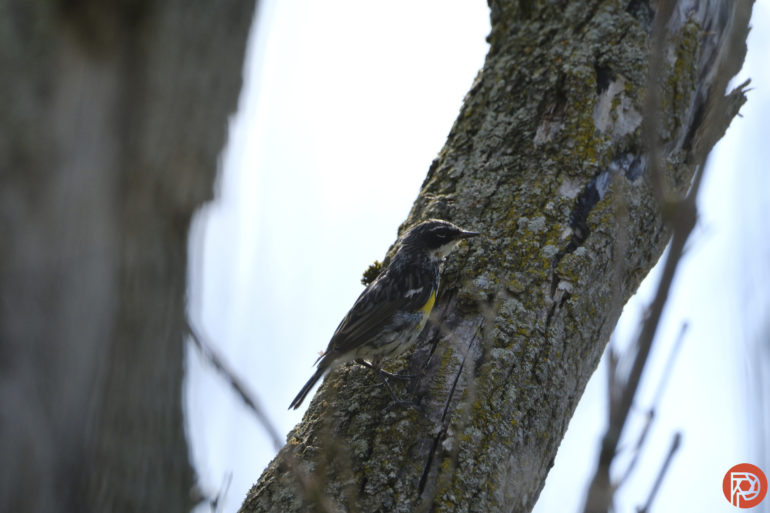
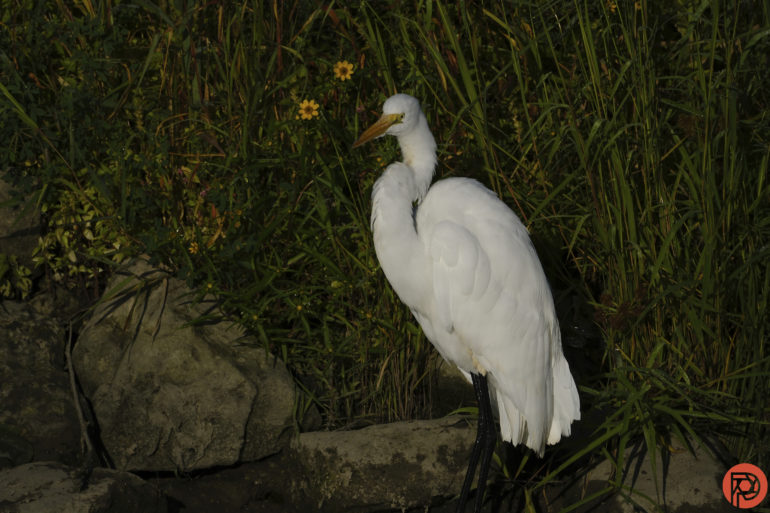
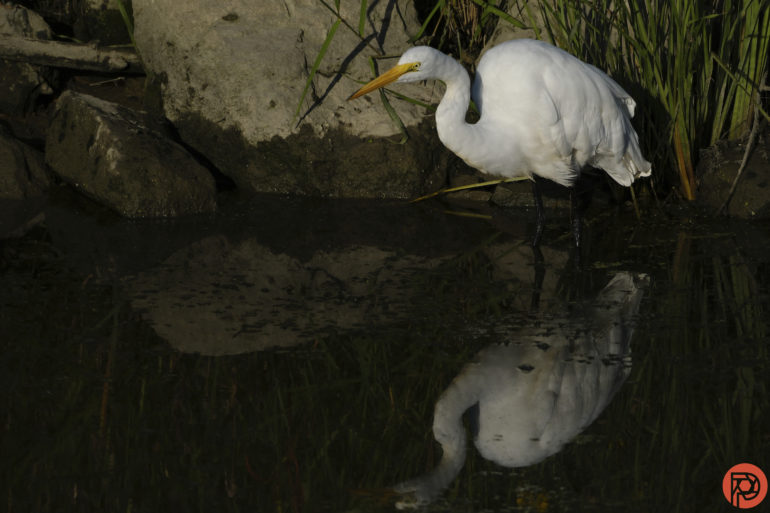
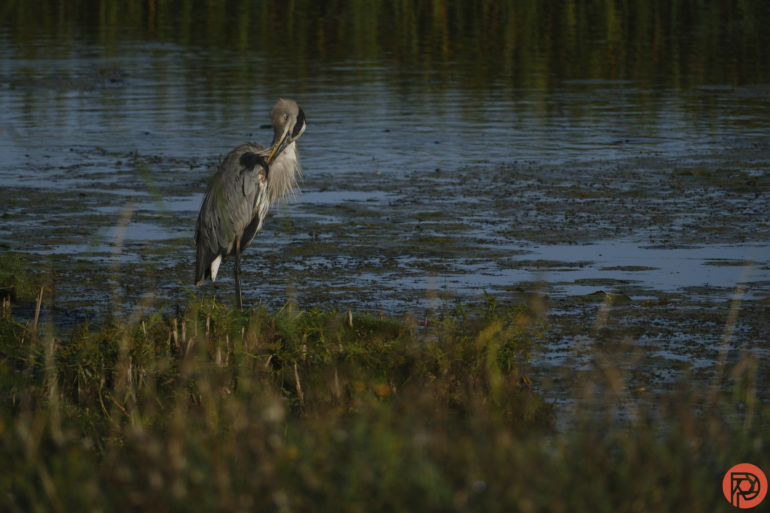
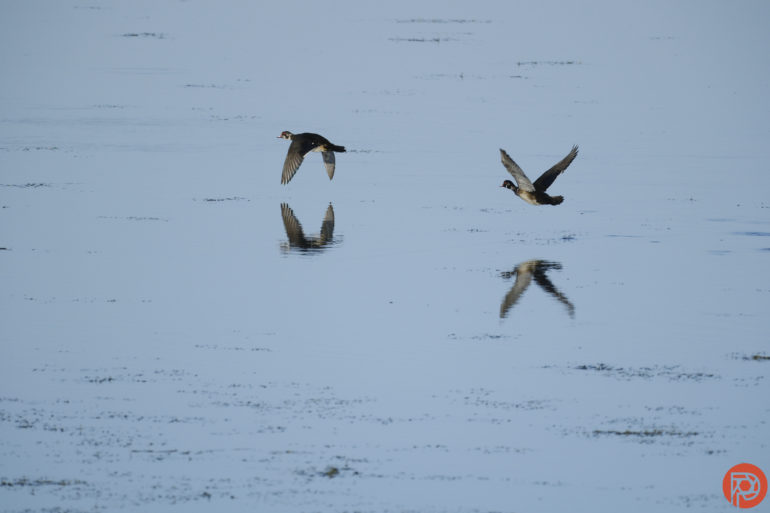
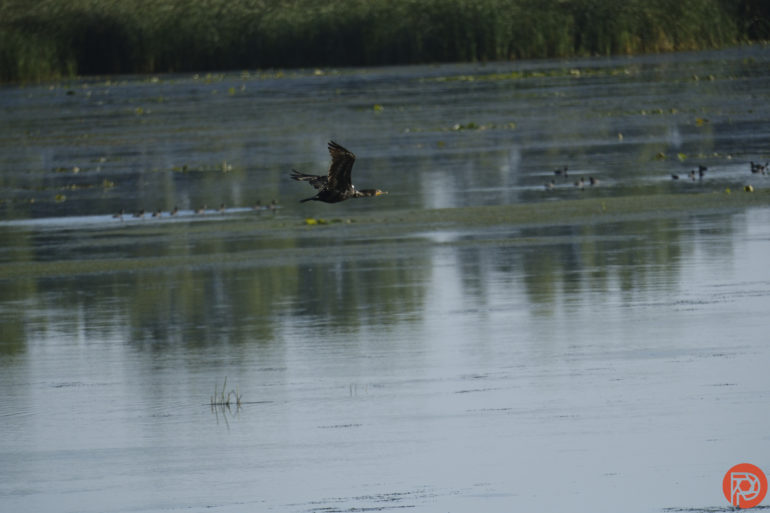
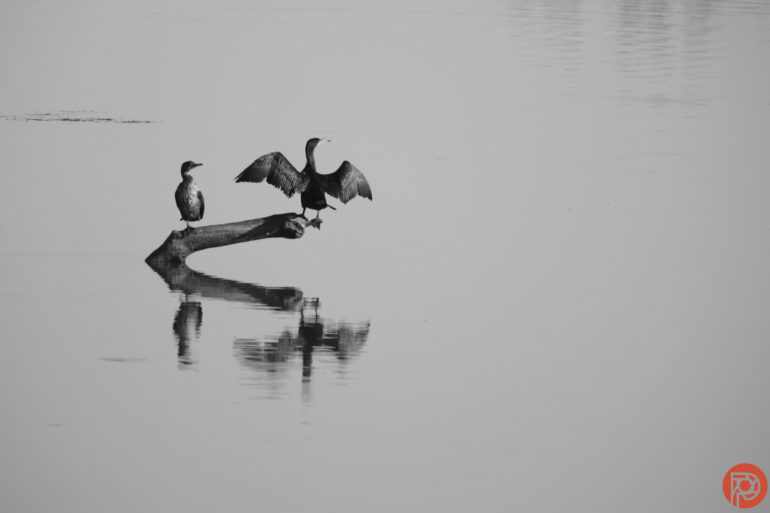
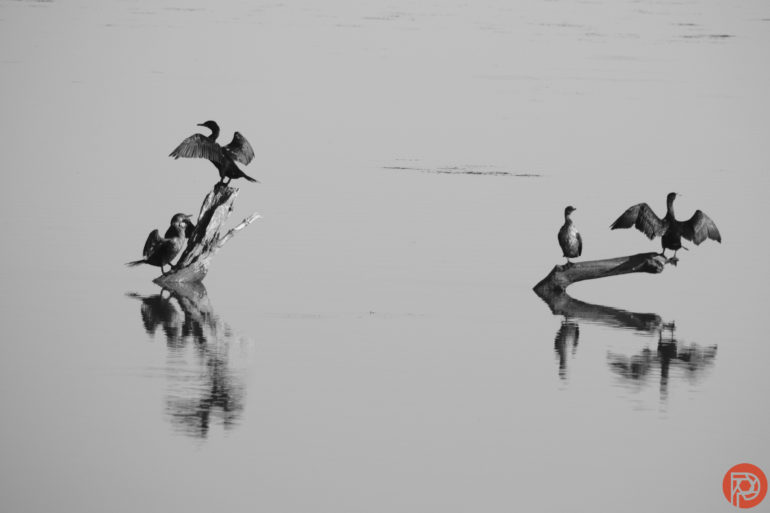
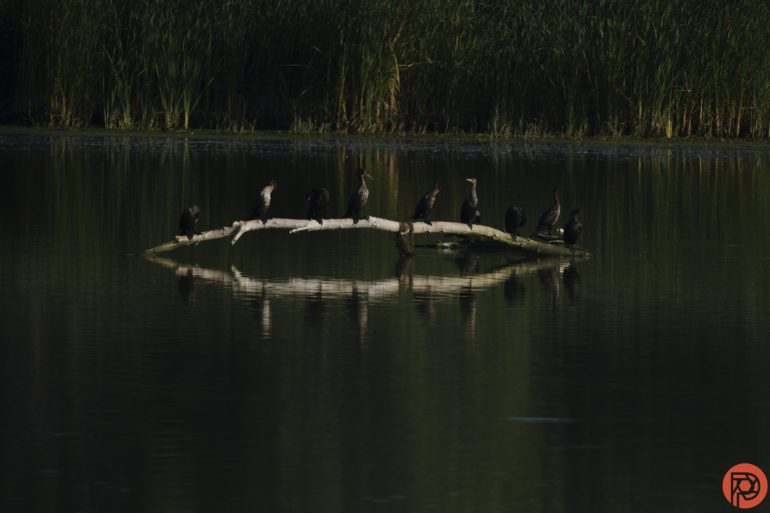
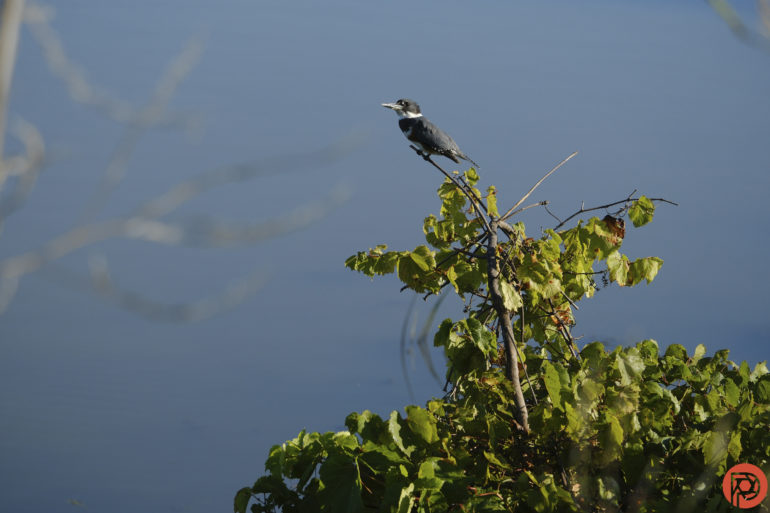
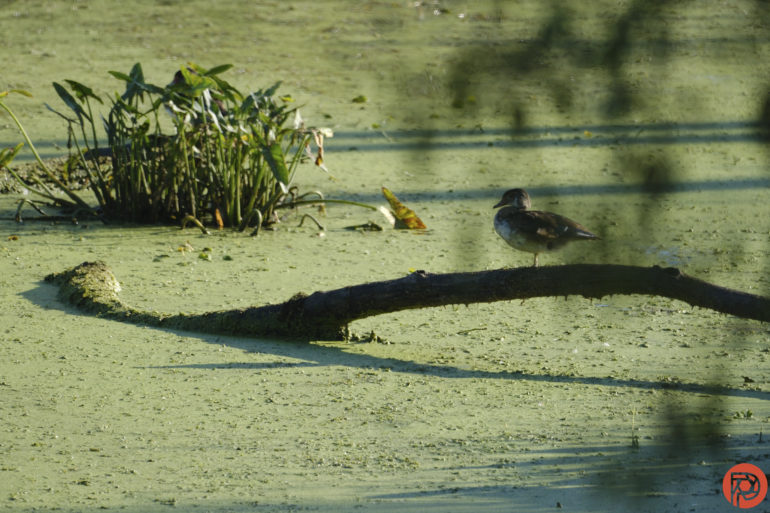
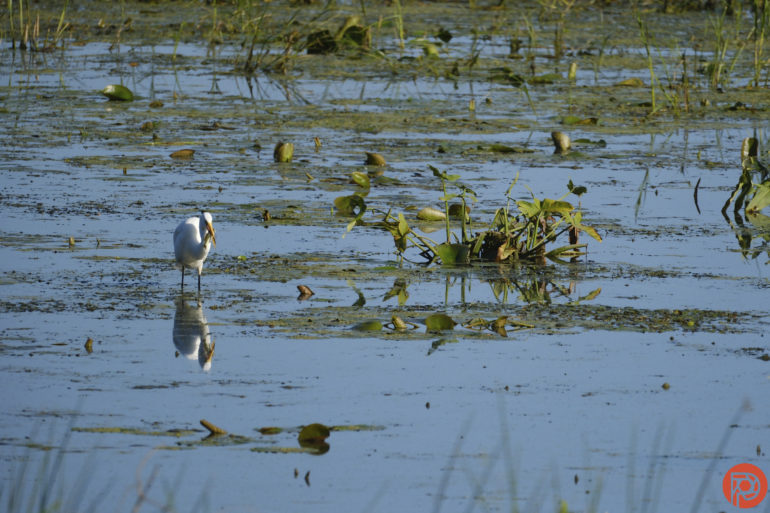
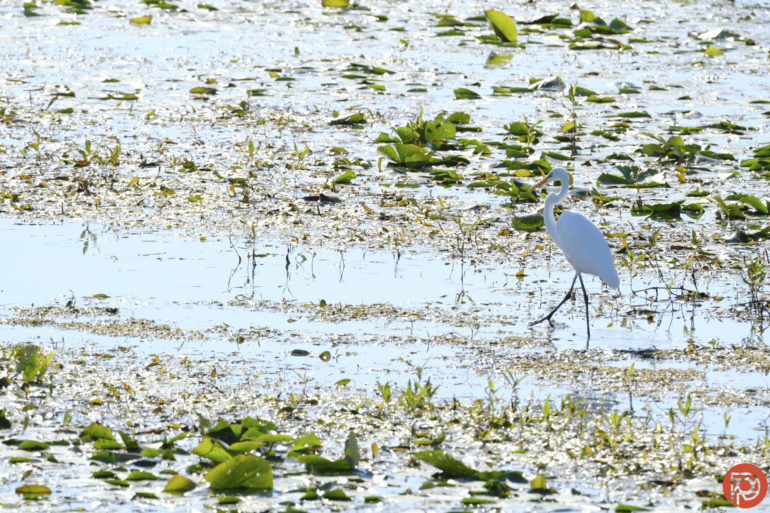
Edited
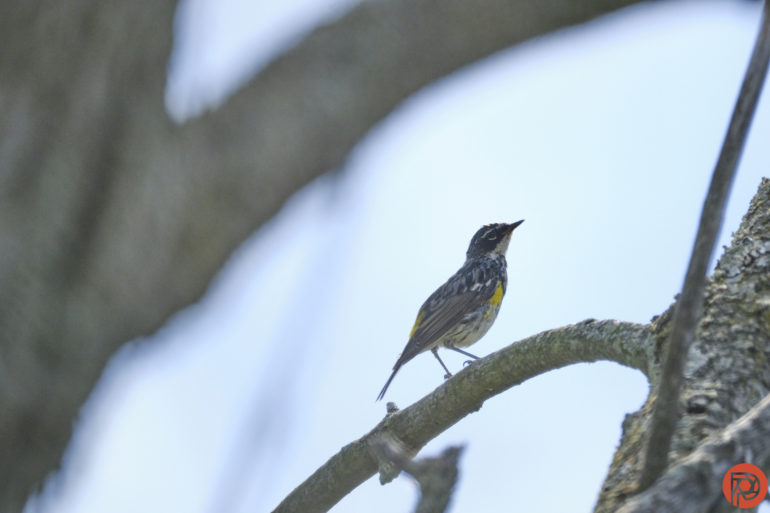
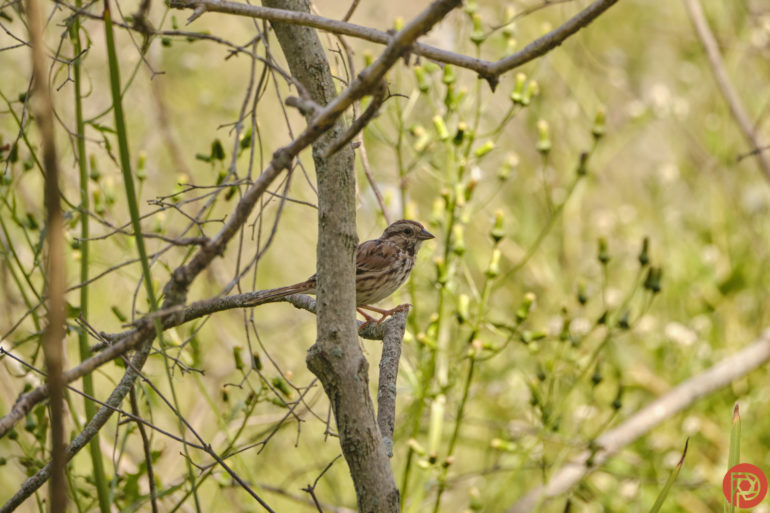
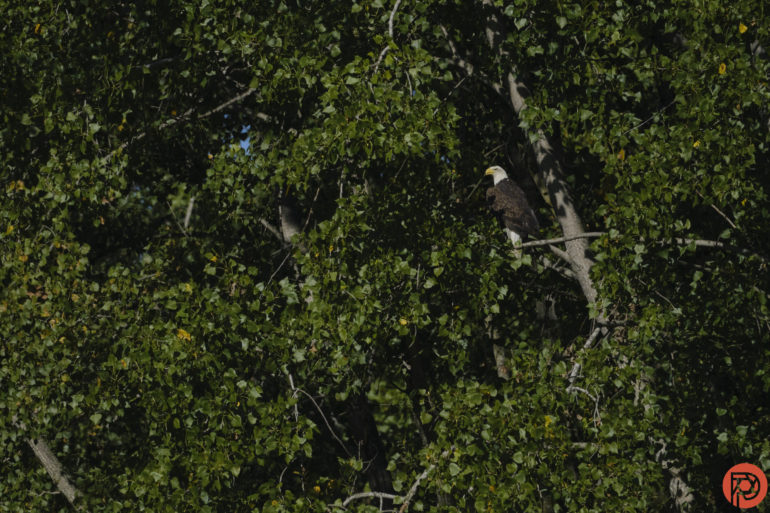
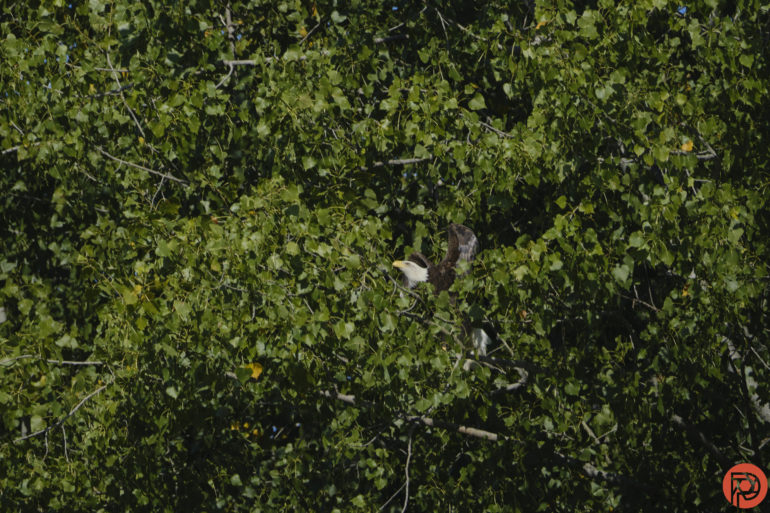
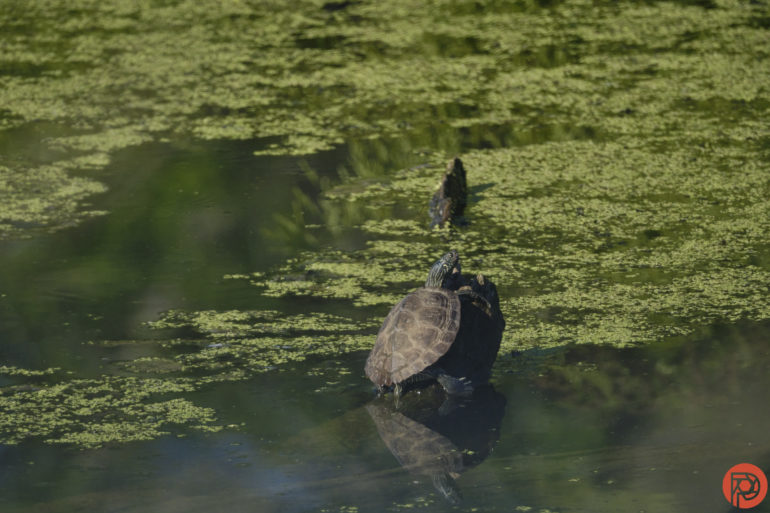
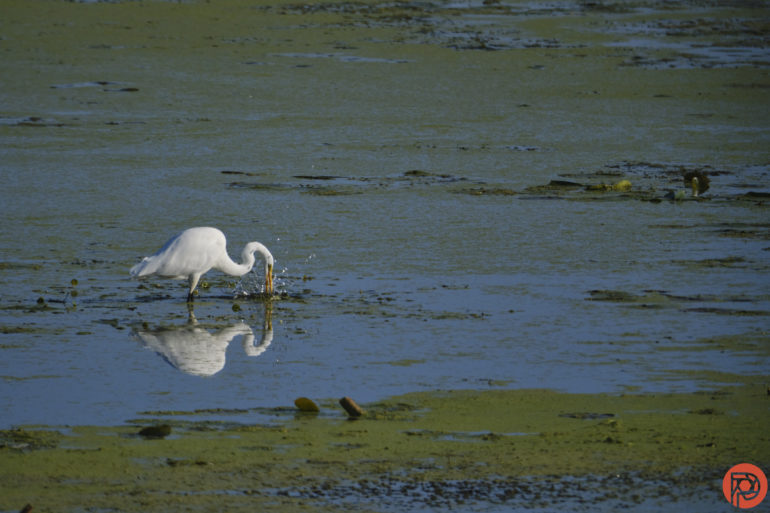
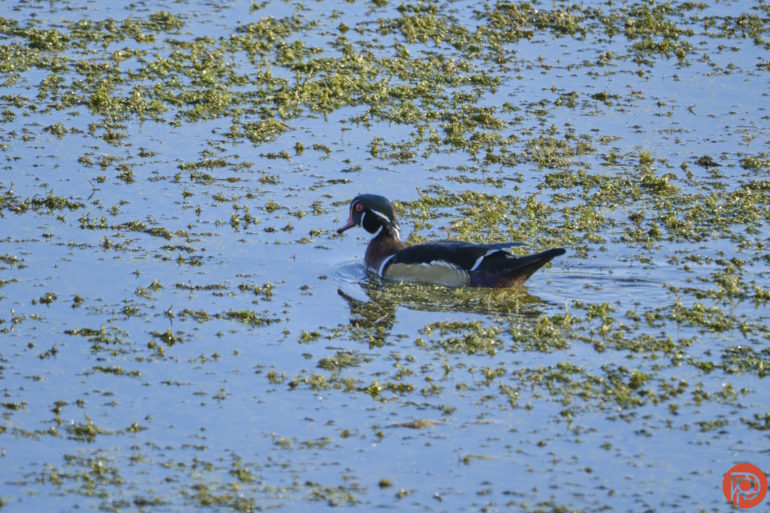
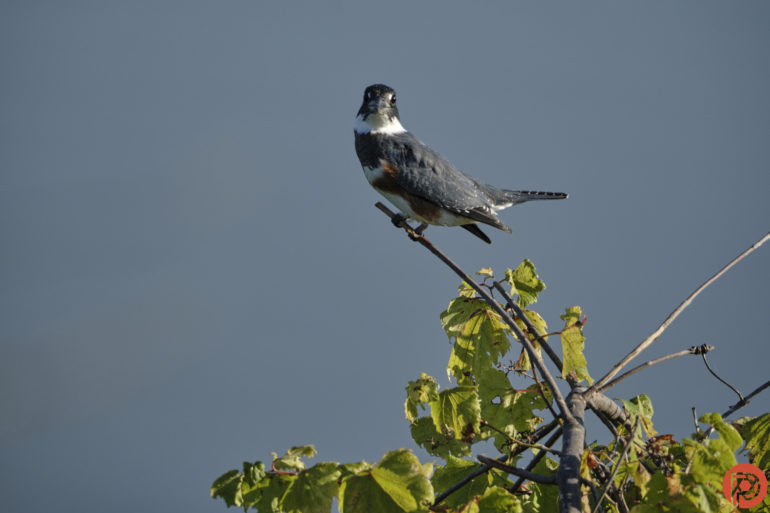
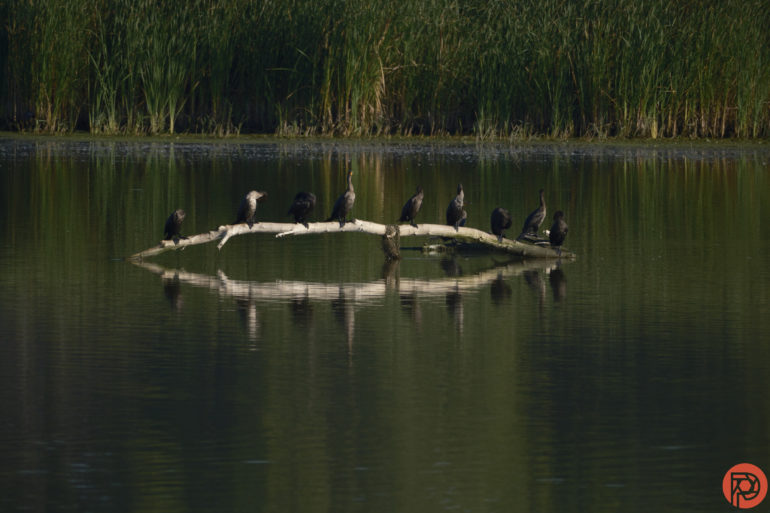
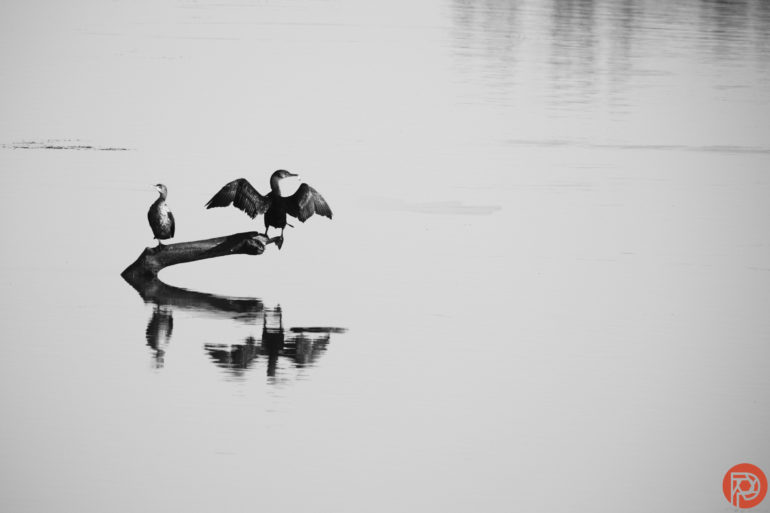
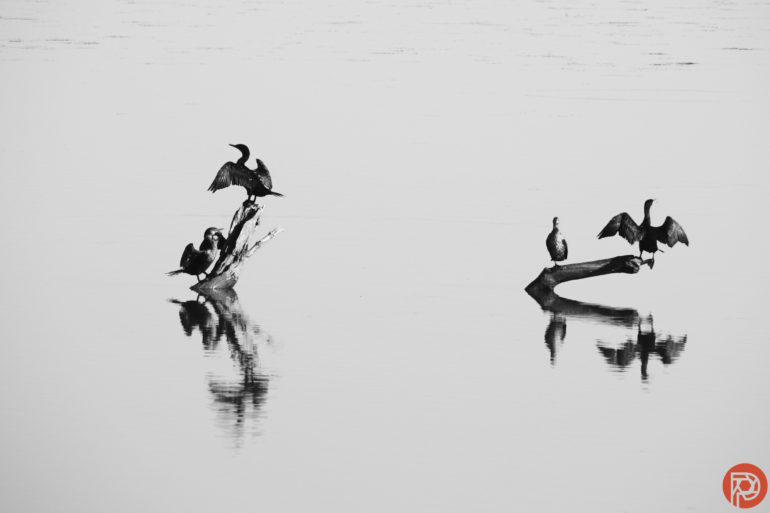
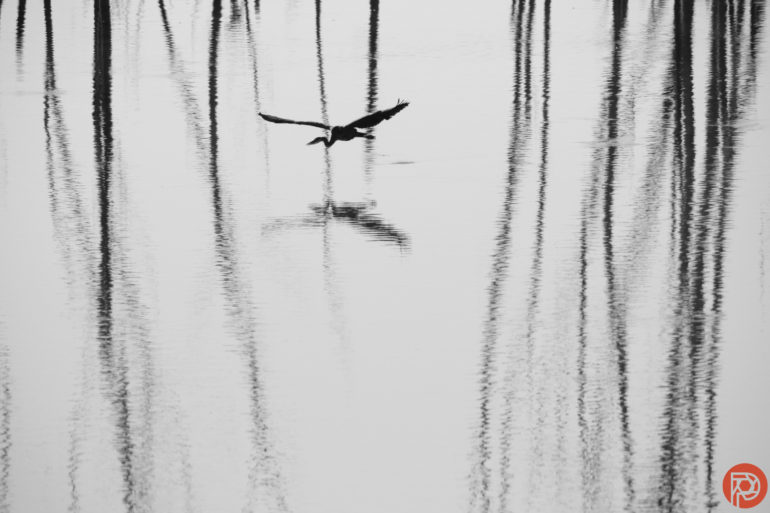
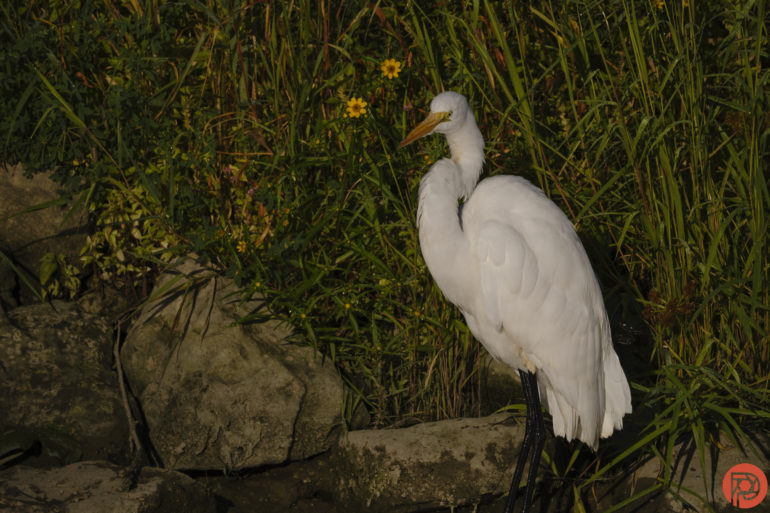
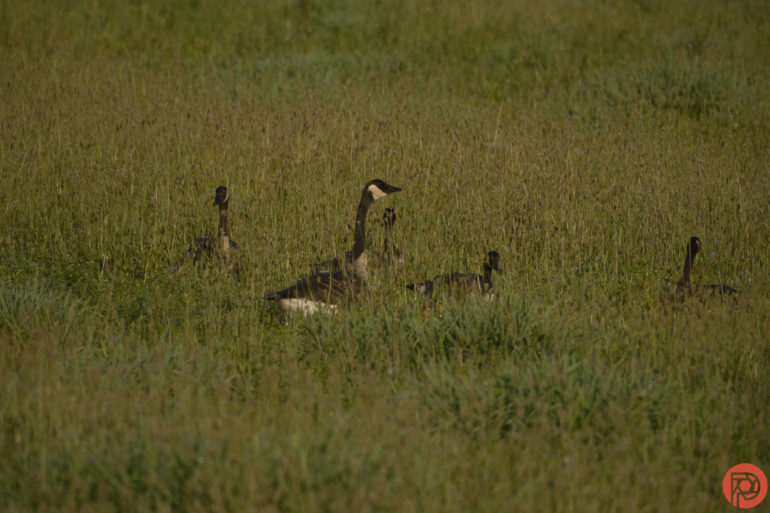
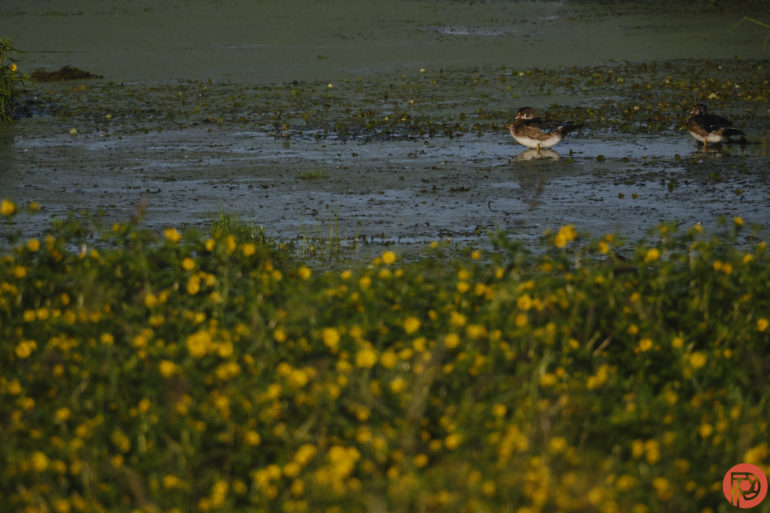
Who Should Buy It?
The Fujifilm 150-600mm is the longest lens currently available for X-Mount. If you shoot Fuji, love Fuji colors, and want super long reach, buy the Fujifilm 150-600mm. The only other option to get out that far is to use a teleconverter on another lens. And if you don’t already own the 100-400mm lens, that option is actually going to cost more.
But, the lens isn’t perfect — it’s not the sort of lens that’s going to convince a lot of photographers to switch brands. The f8 at 600mm makes it tougher to get a super clean shot at 600mm. The autofocus can also struggle at times, particularly with subjects moving quickly towards the lens.
Want one? You can check out Amazon for the latest prices.
Tech Specs
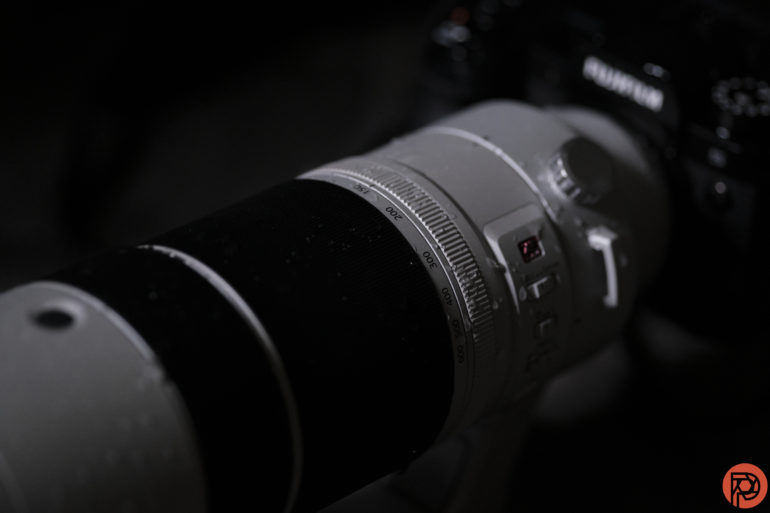
LensRentals lists the following specifications for the Fujifilm 150-600mm:
- Angle of View: 10.8° to 2.7°
- Aperture Blades: 9, Rounded
- Autofocus: Autofocus
- Brand: Fuji
- Filter Size: 82.0mm
- Focal Length: 150.0-600.0
- Format: APS-C
- Groups/Elements: 17/24
- Hood Included: Yes
- Image Stabilization: Yes
- Item Type: Lens
- Lens Type: Telephoto
- Max Aperture: 5.6-8
- Maximum Magnification: 0.24x
- Mfr. Model Number: 16754500
- Minimum Aperture: 22.0
- Minimum Focusing Distance: 7.9 feet
- Mount: Fuji
- Physical: Dimensions (ø x L): 3.9 × 12.4″
Weight: 3.5 lbs. - Tripod Collar: Removable and Rotating
The Phoblographer may receive affiliate compensation for products purchased using links in this blog posted.


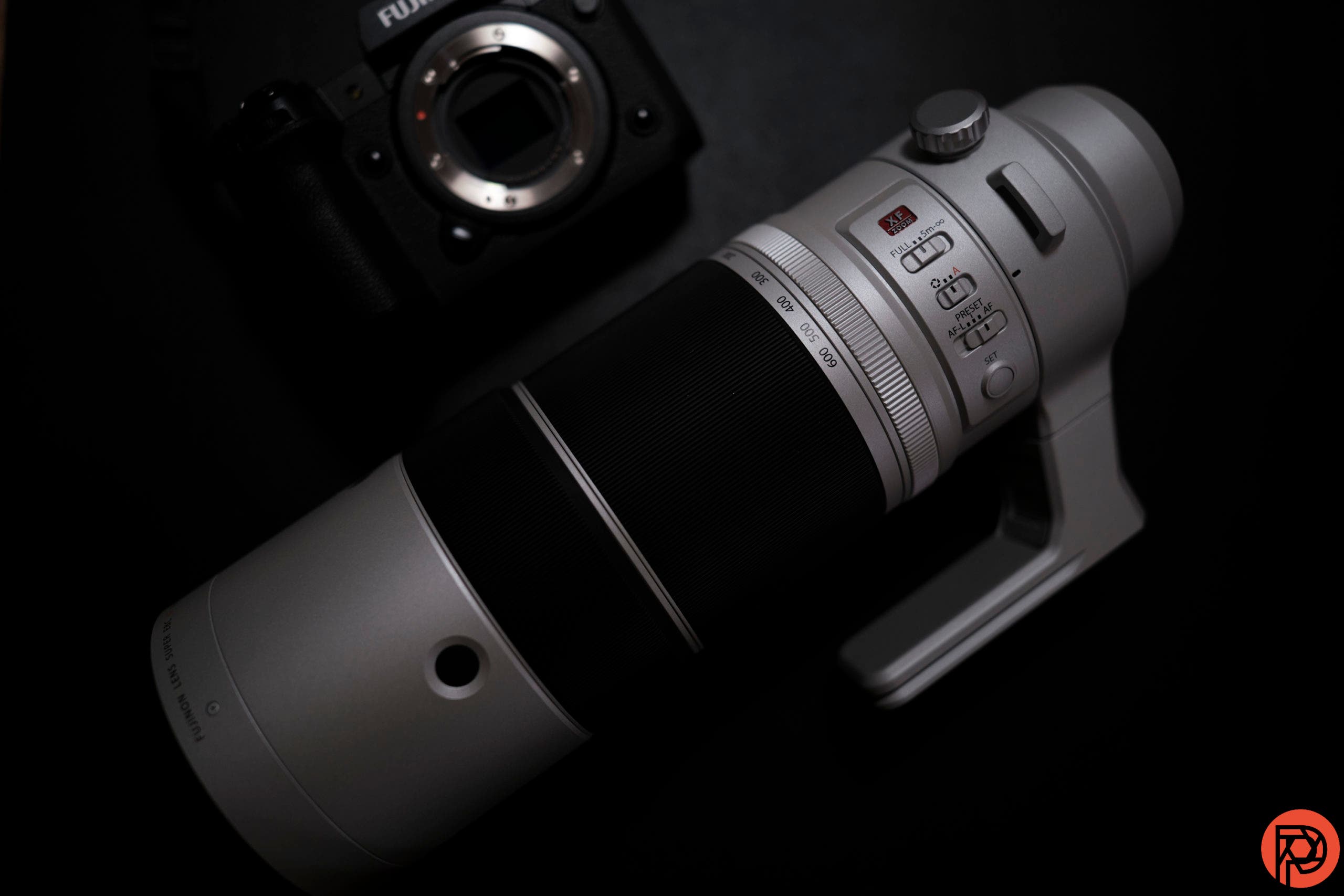
Leave a Reply